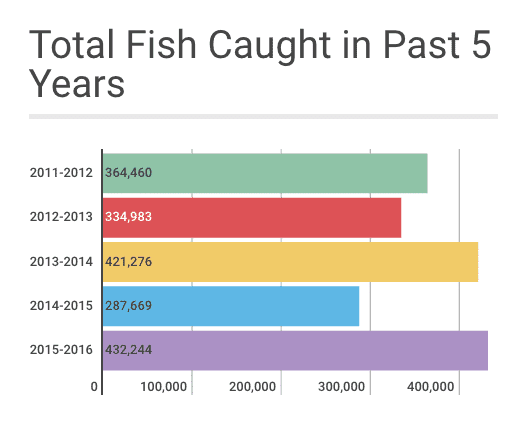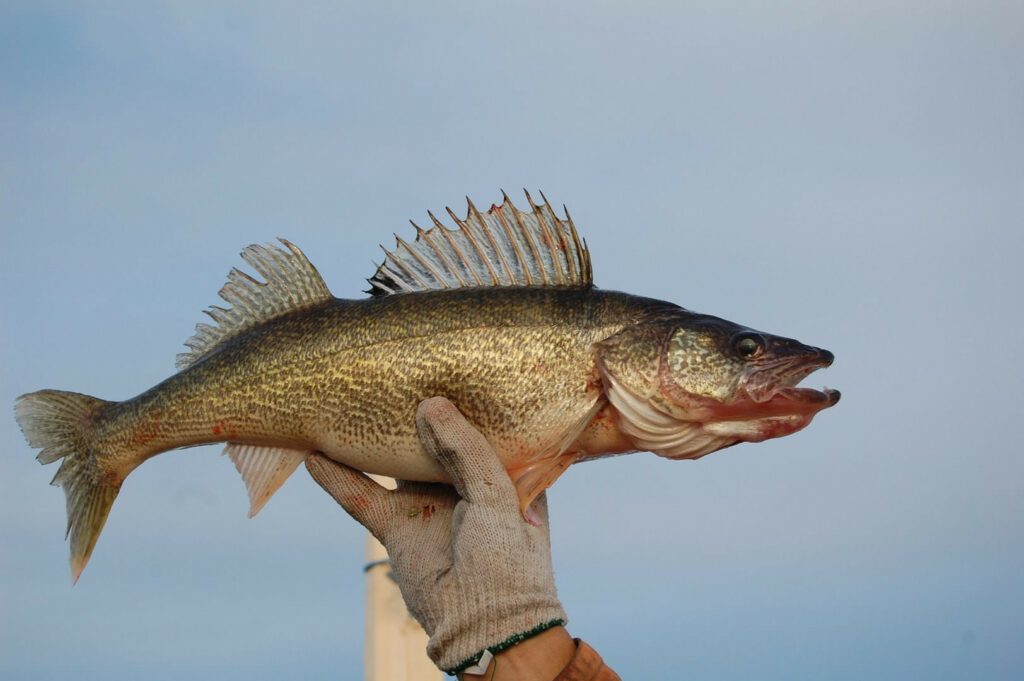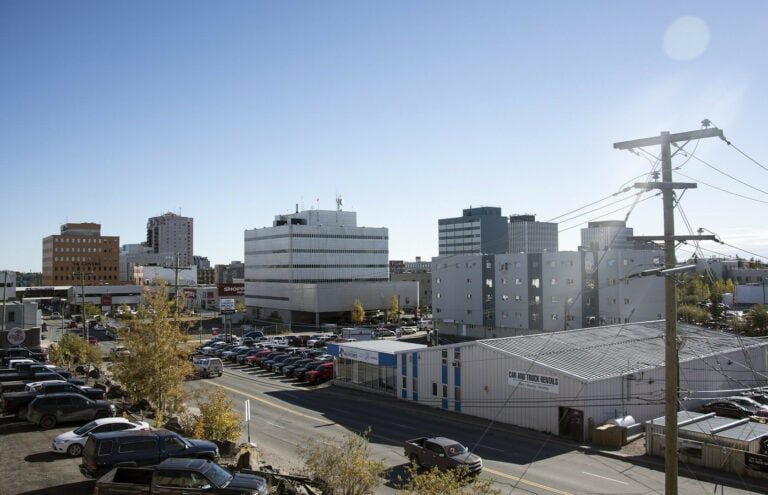As the NWT fishing industry struggles to revive itself, local fisherman Brian Abbott has a solution that he thinks will revolutionize the way Great Slave Lake fish are harvested.
Abbott hopes to introduce a mobile, automated fish processing system, speeding up the process from net to delivery. It could be the answer to increasing the quality of NWT fish, he says, which will help raise everything from pricing to employment.
The plan has been on Abbott’s mind since he purchased his Yellowknife fish plant back in 2009. Although legal problems and reluctant business partners have set him back from proceeding with it previously, now, with the provenance and quality of local fish getting a lot of attention, seems to be the right time to pursue his dream.
“Why not sell it for twice as much and catch half as much?”
Essentially, his mobile processor will allow him to “process close by the net,” and cut down the amount of time it takes to prepare the fish. Then, he says he’ll drop the fish down to zero degrees immediately, and, if he manages to get an export license in place, ship it off to the airport, bound for southern markets.
“As soon as I have an export license, then it’s worth automating the plant,” he says. “Because to automate the plant we’re talking hundreds of thousands of dollars, and the local market is not going to support that kind of investment… so we need to be able to sell across the border to support the investment and the volume that will be coming through it.”

Abbott at Government Dock | Photo by Angela Gzowski
“What’s different here is doing it on-site,” Abbott says. “Going and catching it on one side of the lake and then hauling it all the way to Hay River, that’s going to be a whole day and a half, getting it there at least… By the time you get to the plant, it’s mush,” Abbott says. “Unless the person has the ability to process fish in a very short time after catching — within eight hours or so, you start processing — the quality of your product starts going downhill after about 12 hours.”
He also points out that fishers currently have to gut their own fish, which makes processing longer and more labour-intensive.
Abbott says that with a machine automating the processing, it can theoretically become up to 20 times faster. With an improvement like this, fishers should be able to demand better pricing with higher quality products.
“Why not sell it for twice as much and catch half as much?”
As for the NWT Fishermen’s Federation’s ongoing efforts with the government to build another processing plant in Hay River: it’s another “downsized model of Freshwater Fish Marketing Corporation,” he says. In recent years, Freshwater Fish Marketing Corporation, the sole buyer of NWT’s commercial fishery products, has not been paying fishers enough to make the local industry sustainable, according to Abbott.
“Freshwater pays peanuts for this stuff, so a guy has to go and fish his heart out in order to get enough fish to make it worth his while,” he says.
On the rebound
While many fishers like Abbott are concerned with what they say are low prices for their fish, the overall state of the industry appears to be trending upwards — which could persuade fishers to participate and change the system in other ways.

Currently, medium whitefish are the prime product for NWT’s commercial fishermen.
“The white have been trending up,” says local commercial fisher Stacy Lenington. “Five or six years ago it was maybe $0.62 a pound for medium white, and now it’s $0.92.”
But it’s clearly not the same for many other fish — especially lake trout, which is currently priced at $0.32 for medium, and $0.27 for large, according to Lenington.
“Twenty-eight years ago, trout was 75 cents a pound, and now it’s way less than half of that, but the cost of catching them went up dramatically.”
Fishers also saw much of their business vanish when the last federal government lost the Russian market, which greatly affected the demand for trout. Other problems include a lack of participation — fewer fishers — which is also due to pricing concerns.
However, Lenington says the industry “has rebounded considerably… About three to four more fishers this year than last, and if we could get one or two more summer fishers, [we’re] pretty much where we need to be for summer productions.”
For now, he says commercial fishermen need a better collection process, and he’s looking into upgrading boats for a slurry system on the lake.
“If we can get the quality up, we’ll get the pricing up, which will get the participation up, then production will go up and go faster.”

Giving the people what they want
Although most fishers think the low prices they are getting for their fish are connected to quality issues, the prices for certain fish – such as lake trout – are based purely on marketplace value, says Freshwater’s director of field operations, Dave Bergunder. Prices are based on what southern consumers want to buy.
“We want to buy it, but people don’t want to pay good money for it,” he says about Great Slave lake trout.
According to Bergunder, Freshwater aims to offer maximum prices to fishermen, but fish like trout compete with more popular salmon, which affects pricing since both are within the same family, yet consumers prefer salmon over trout.
“It’s about colour and taste,” he says. With lake trout, “sometimes the flesh becomes white, [and] it’s not as well received. You still have wholesome, beautiful fish, but people buy with their eyes.”
Ultimately, he says, quality isn’t the problem. Pricing is based on what consumers can afford to buy. Bergunder says that markets in NWT might be willing to pay higher prices for their fish because it’s local, but when people in the south purchase northern fish, they’re used to lower prices.
“It is based on what the market gives you,” Bergunder says. “Everything is driven by the consumer.”
Freshwater is planning a new initiative that will help NWT fishers make more profit in other fish products, which would help species like the trout, he says.
“One thing we’re doing is buying lake trout eggs for caviar.” The organization is planning to purchase it for two dollars a pound.
“It’s significant because you might get a pound of eggs out of fish, [which] adds value to the fish.”
Bergunder says that they hope to produce a number of kilograms of trout caviar in the fall.







